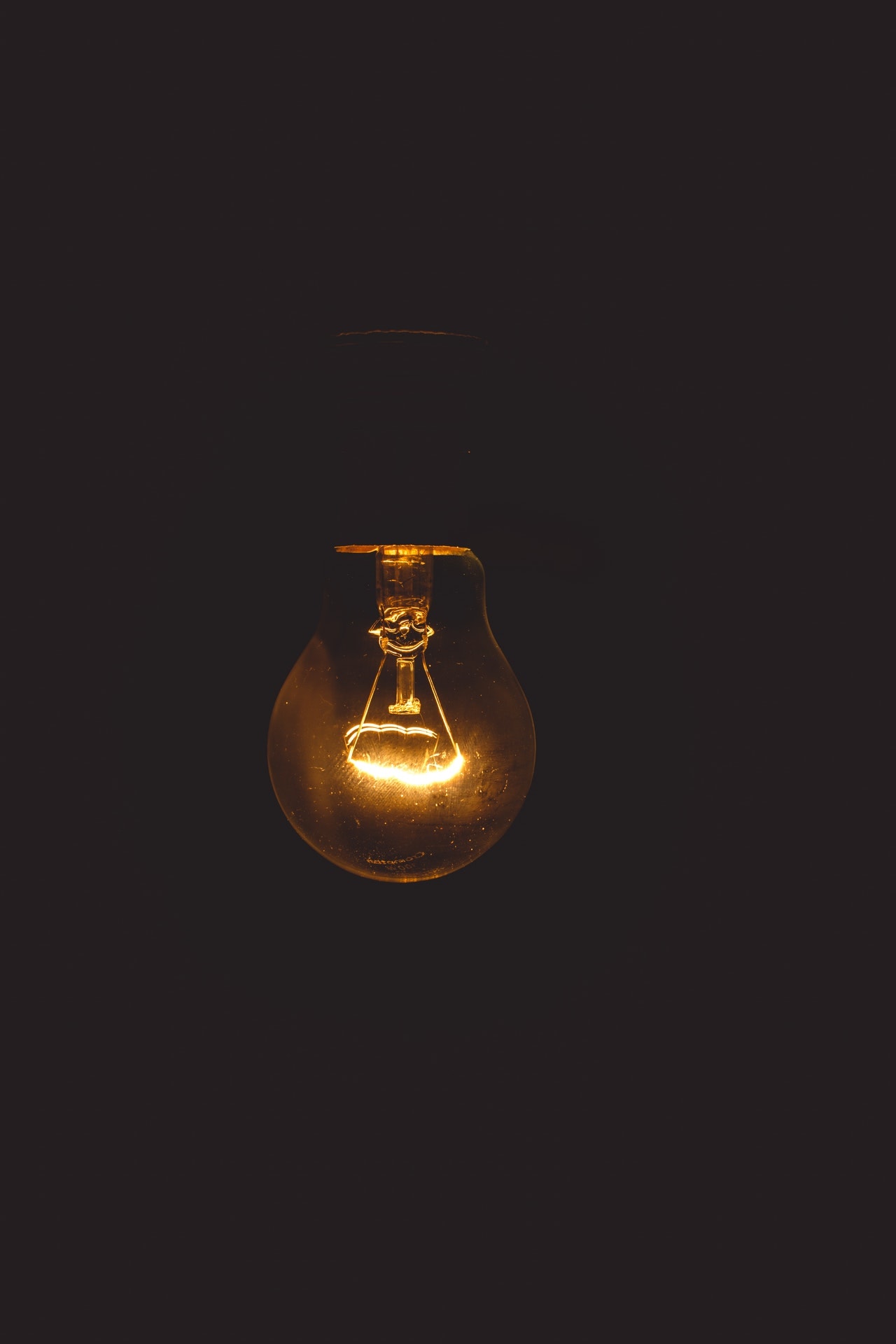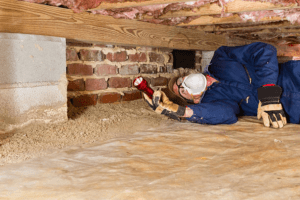In this day and age, it is more important than ever to be mindful of our power consumption. Not only is it good for the environment, but monitoring your power consumption can also help you save money on your electricity bill. In this blog post, we will discuss everything you need to know about monitoring power consumption in your home. We will cover topics such as what devices use the most energy, how to read your power bill, and ways to reduce your overall power usage.
Table of Contents
- 1 What is Power Consumption?
- 2 How to Read Your Power Bill
- 3 What Devices Use the Most Energy?
- 4 How to Reduce Your Energy Usage
- 5 Why Should You Monitor it in Your Home?
- 6 How to Measure Power Consumption in Your Home
- 7 How to Read Your Home’s Power Meter
- 8 Your Energy Bill
- 9 How to Measure Wattage Usage
- 10 How to Reduce Your Wattage Usage
- 11 How to Measure How Much Power an Appliance is Consuming
- 12 Tips for Conserving Energy and Saving Money on Your Electricity Bill
- 13 How to Reduce Your Carbon Footprint With Smart Energy Choices
- 14 The Benefits of Monitoring Your Power Consumption
- 15 Conclusion
What is Power Consumption?
Power consumption is a measure of how much energy your home uses. The electrical power that you use in your home comes from the local utility company through an electric meter. The amount of power used by every appliance, light bulb, and any other device is measured in kilowatt-hours (kWh). One kWh equals one thousand watts for one hour of use. For example, a 100-watt light bulb left on for ten hours would consume one kWh.
How to Read Your Power Bill
The power company will send you an electricity bill each month that shows how much energy was used in your home and how much it cost you. The power company charges a set rate per kWh of power that you use. The more energy your home uses, the higher your bill will be.
What Devices Use the Most Energy?
Not all devices use the same amount of energy. Some are much less efficient than others and can cause your electricity bill to skyrocket if they’re not used properly! Here is a list of common household appliances ranked by their average power consumption:
- Refrigerator = 800 kWh/year
- Clothes Dryer = 750 kWh/year
- Electric Oven = 500 kWh/year
- Dishwasher = 200 kWh/year. You can learn more about monitoring power consumption here. Keep in mind, these numbers are only estimates and will vary depending on the age of your appliances and other factors.
How to Reduce Your Energy Usage
There are many ways that you can reduce your power consumption and save money on electricity bills. One way is by replacing old, inefficient appliances with newer models which use less energy. Another way is turning off lights when not in use, or using more energy-efficient light bulbs such as LEDs. You can also save power by unplugging electronics when they’re not in use, or using a power strip that you can turn off when not needed.
Why Should You Monitor it in Your Home?
Monitoring your power consumption is a good way to save money on electricity bills and be more environmentally friendly. It also allows you to see how much energy each appliance uses so that you can make better decisions about which ones are worth keeping and which ones should be replaced with newer models.
How to Measure Power Consumption in Your Home
There are many ways to measure power consumption in your home. One way is to use a wattmeter which measures the total power used by all of the devices in your home. Another way is to use a power logger, which can track how much energy each device uses over time.
How to Read Your Home’s Power Meter
To measure your home’s power consumption, you need to know how to read your power meter. Most power meters have three dials (or registers) that show the amount of electricity used in kWh over a certain period of time.
The first register shows the total power consumption for each month. It will have a needle that moves around as electricity is used in your home, so it’s easy to check how much energy you’re using at any given time! The second register shows an average of all three registers over time – this means that if one dial goes down while another goes up, the average will stay the same. The third register is for your power company to use – you don’t have to know what this means.
To read your power meter, you need to find the three registers and take a picture of them. Once you have a picture, you can use an online calculator to calculate the amount of kWh that was used. This is a quick and easy way to measure your home’s power consumption without having to purchase any special equipment!
Your Energy Bill
The power company will send you an electricity bill each month that shows how much energy was used in your home and how much it cost you. The power company charges a set rate per kWh of power that you use – the more energy your home uses, the higher your bill will be!
How to Measure Wattage Usage
To measure wattage usage, you need to use a wattmeter. A wattmeter is a device that measures the total power used by all of the devices in your home. It’s easy to use – just plug it into an outlet and turn on each appliance one at a time to see how many watts it uses. ‘
Once you have the wattage usage for each appliance, you can add them all up to get a total. This is the amount of power that your home uses at any given time!
How to Reduce Your Wattage Usage
There are a few ways to reduce your wattage usage and save money on electricity bills. One way is by replacing old, inefficient appliances with newer models which use less energy; another way is turning off lights when not in use or using more efficient light bulbs such as LEDs.
You can also save power by unplugging electronics when they’re not in use, or using a power strip that you can turn off when not needed.
How to Measure How Much Power an Appliance is Consuming
To measure how much power an appliance is consuming, you need to use a wattmeter. A wattmeter is a device that measures the total power used by all of the devices in your home. It’s easy to use – just plug it into an outlet and turn on each appliance one at a time to see how many watts it uses.
Tips for Conserving Energy and Saving Money on Your Electricity Bill
There are many things you can do to conserve energy and save money on your electricity bill. Here are a few tips:
- Use less power by turning off lights when not in use, using more efficient light bulbs such as LEDs, or unplugging electronics when they’re not in use.
- Replace old, inefficient appliances with newer models that use less energy.
- Measure the wattage usage of your appliances and make sure they’re not using more power than they need to.
- Save power by turning off electronics when not in use or using a power strip that you can turn off when not needed.
How to Reduce Your Carbon Footprint With Smart Energy Choices
Everyone needs to make smart energy choices to reduce our carbon footprint and protect the environment. Some simple things you can do include turning off lights when not in use, using more efficient light bulbs such as LEDs, unplugging electronics when they’re not in use, and conserving energy with smart appliances.
Making these small changes can have a big impact on the environment – and your wallet!
The total power consumption for each month can be used to calculate the amount of carbon dioxide produced by your home in that month.
The Benefits of Monitoring Your Power Consumption
There are many benefits to monitoring your power consumption. By knowing how much energy your home uses, you can make changes to save power and money. You can also use this information to calculate your carbon dioxide emissions and reduce your carbon footprint.
Everyone needs to be aware of the amount of energy their home is using – it’s the first step towards making smart energy choices!
Conclusion
In conclusion, there are many things you can do to reduce your power consumption and save money on your electricity bill. By measuring the wattage usage of your appliances, turning off lights when not in use, carrying out good electrical maintenance, and making smart energy choices, you can make a big impact on the environment – and your wallet!




